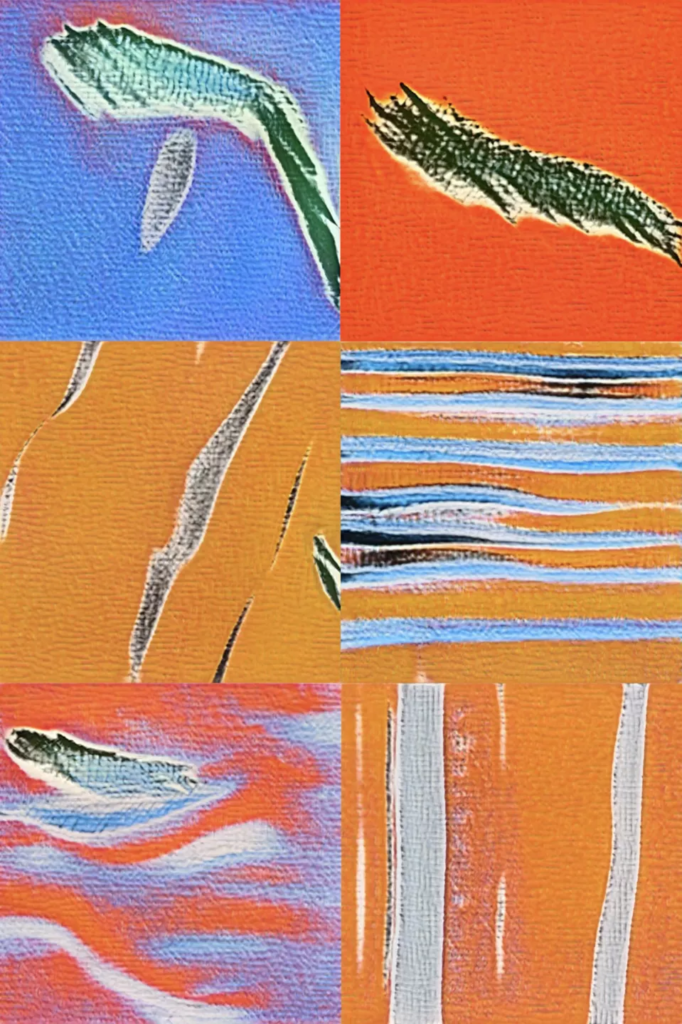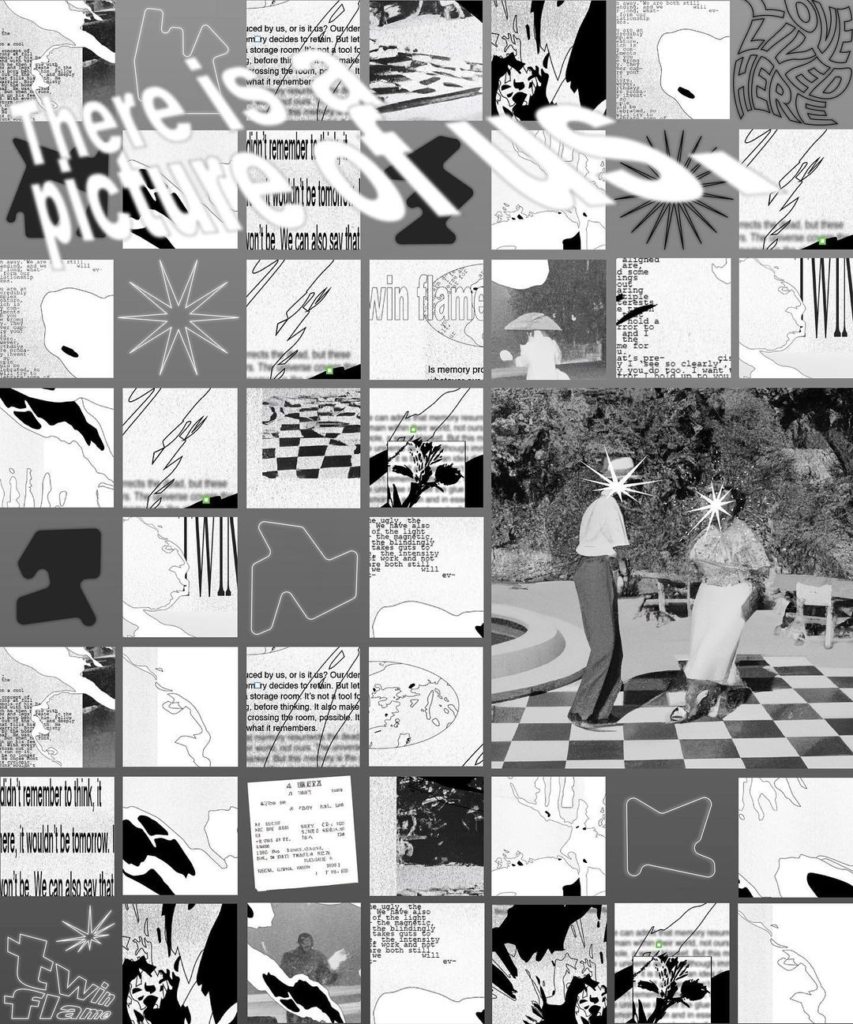African artists are revolutionizing the NFT art scene, and at the forefront is Linda Dounia, a talented creator from Senegal. Dounia combines deep learning techniques with traditional materials, redefining artistic expression. Instead of scraping internet images, she trains her AI with her abstract paintings, exploring the potential of AI art.
Dounia’s groundbreaking NFT artwork, “Dust is hard to breathe,” was auctioned on Artsy in 2022. The animation showcases outputs generated by a generative adversarial network (GAN) model trained on her paintings. Blending analog and AI art-making, Dounia seamlessly merges the two mediums in response to artist Alma Thomas’s work.

In 2022, Linda Dounia made history as the first African woman to launch a large-scale AI drop. Her project, “Spannungsbogen,” featured 2,000 images based on her acrylic paintings, inspired by the Fremen characters from Frank Herbert’s Dune. It aimed to highlight resistance against racial discrimination in face recognition technology.
To promote digital artists of African descent, Dounia launched “Cyber Baat” at Art Dubai 2022, providing a blockchain platform for their work. Her efforts have gained global recognition, with exhibitions at prestigious events like Art Basel, Art X Lagos, and the Dakar Biennale. Dounia has also curated exhibitions like “Black*Rare” on SuperRare.
Dounia’s innovative approach sparks conversations and inspires change. By merging traditional techniques with cutting-edge technology, she challenges conventions and sheds light on important social issues. Invited to lecture at New York University, she shares her insights with aspiring artists.

With each creation, Dounia redefines artistic boundaries and creates a more inclusive landscape. African artists continue to make their mark in the NFT art scene, led by trailblazers like Dounia. Their unique perspectives and diverse backgrounds contribute to the richness of the artistic discourse.
Dounia’s work demonstrates the transformative power of NFT art. Through her deep learning experiments, she explores the extent to which AI art can convey meaning and spontaneity similar to analog art-making. By combining generative adversarial networks with traditional materials, she blurs the lines between digital and physical, expanding the possibilities of artistic expression.
As the art world evolves, African artists like Dounia play a vital role in shaping its future. Their innovative use of technology, combined with a deep understanding of their cultural heritage, creates a space where tradition and progress intersect. Through their NFT artworks, they challenge norms, inspire social change, and invite viewers to explore new dimensions of creativity.


